Seeds are nothing short of miraculous vessels. These tiny powerhouses are fundamental to the survival of plant species across the globe. Over millions of years, plants have developed sophisticated strategies to ensure their progeny’s future success, relying heavily on the incredibly effective mechanisms within seeds. This article explores the wondrous journey of seeds and the various ways they guarantee the perpetuation of plant life. We’ll delve into the science behind these small but powerful entities and uncover how their unique qualities enable plants to withstand the test of time.
Anatomy of a Seed: Understanding Its Components
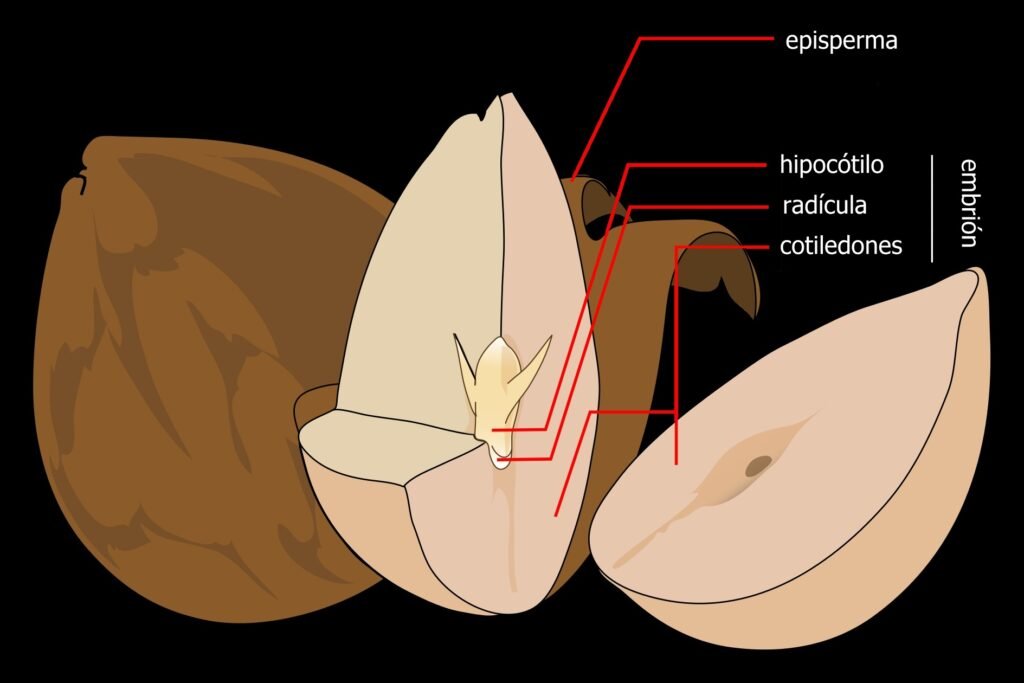
At the core, seeds are composed of three main parts: the embryo, the endosperm, and the seed coat. The embryo is the nascent plant itself, equipped with the essential rudiments to grow into a mature plant. The endosperm provides the necessary nutrients during early development, while the seed coat serves as a protective shield, safeguarding the internal components from environmental damage and desiccation. This sophisticated structure ensures the seed’s viability until it finds a suitable condition to germinate.
Seed Diversity: The Broad Spectrum of Survival Strategies
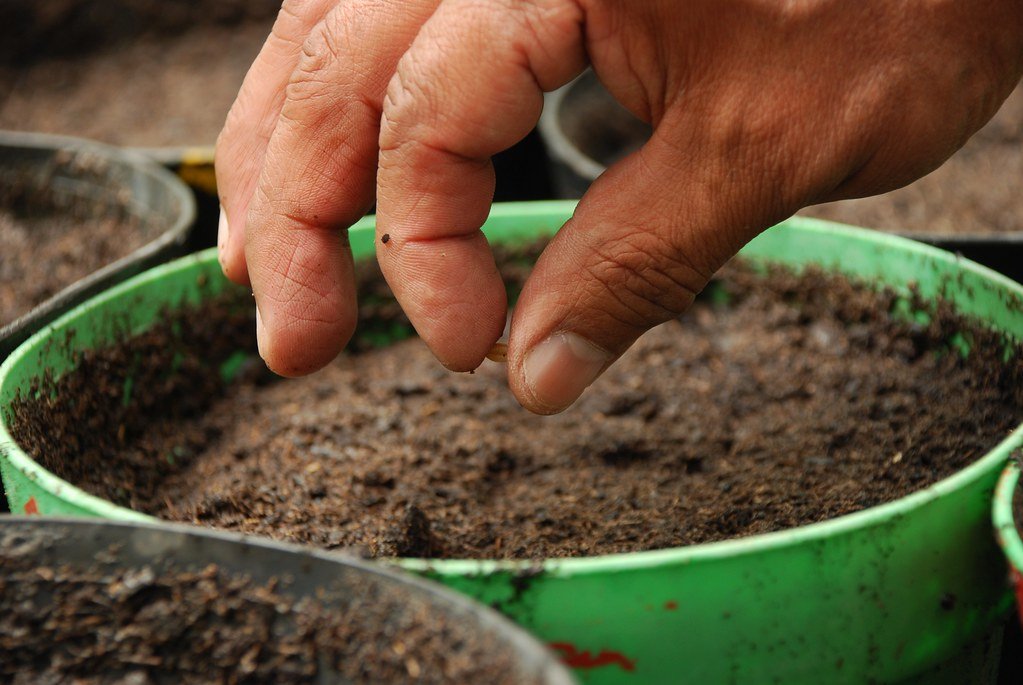
From the dandelions that float gracefully on the breeze to the coconuts that drift across oceans, seeds exhibit a remarkable diversity in form and function. This variation allows plants to adapt to various environments and increases their survival chances. Each strategy reflects a specific adaptation to physical and ecological challenges, demonstrating the incredible versatility of plant life.
Dispersal Mechanisms: The Art of Seed Travel
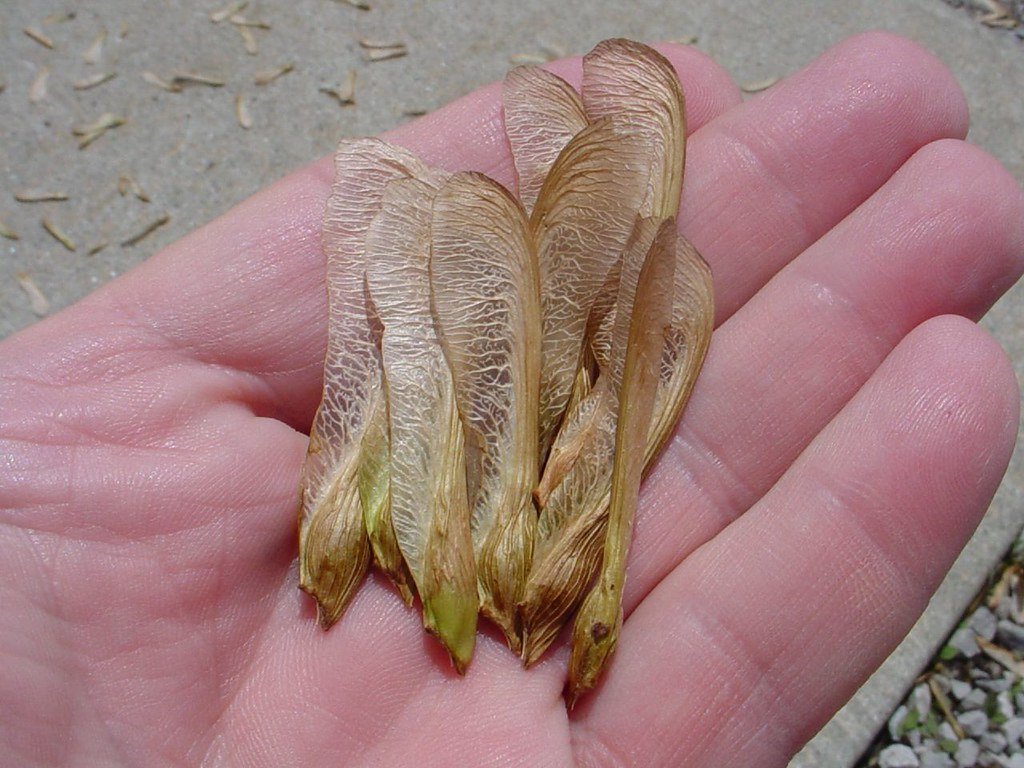
Seeds have evolved various dispersal mechanisms to reach conducive environments for germination. Wind, water, and animals play significant roles in this process. Some seeds, like those of the maple, are designed with wings that enable them to glide through the air, while others, like burrs, hitch rides on passing creatures. These strategies not only broaden the geographical reach of plant species but also reduce competition among seedlings.
Seed Dormancy: A Strategy to Overcome Adversity
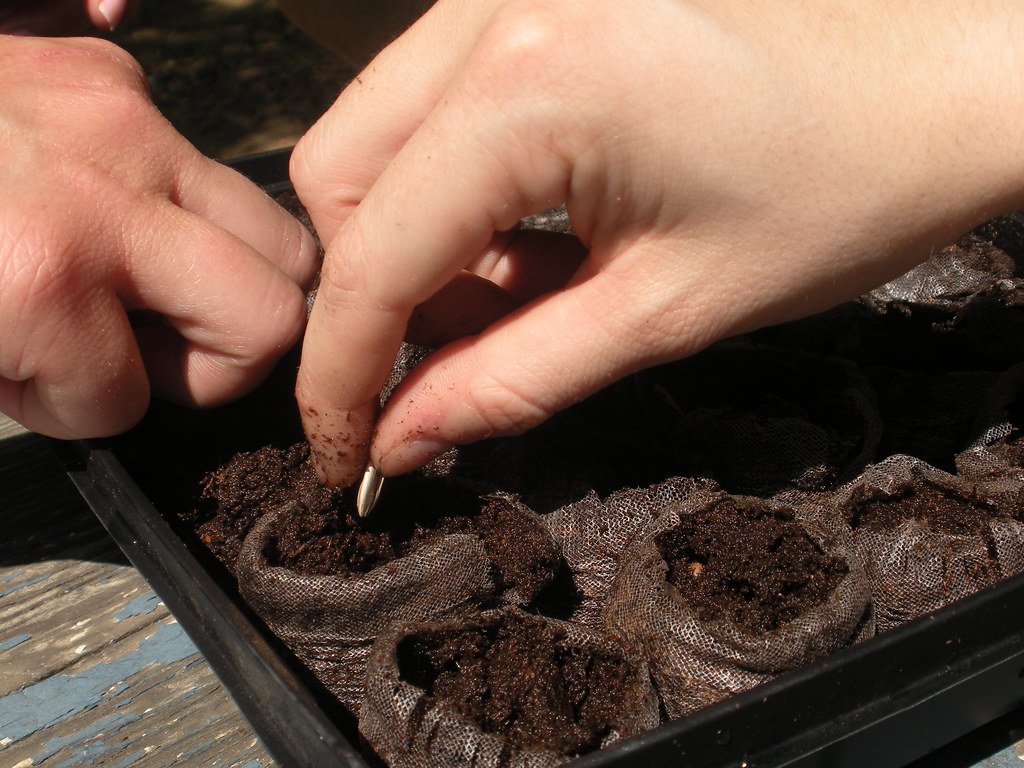
Dormancy is a crucial survival tactic that allows seeds to delay germination until conditions are favorable. This postponement ensures that seedlings emerge during optimal environmental conditions, striking the right balance of moisture, temperature, and light. By remaining dormant, seeds can outlast adverse seasons, increasing the likelihood of successful germination.
Environmental Triggers: Catalysts of Germination
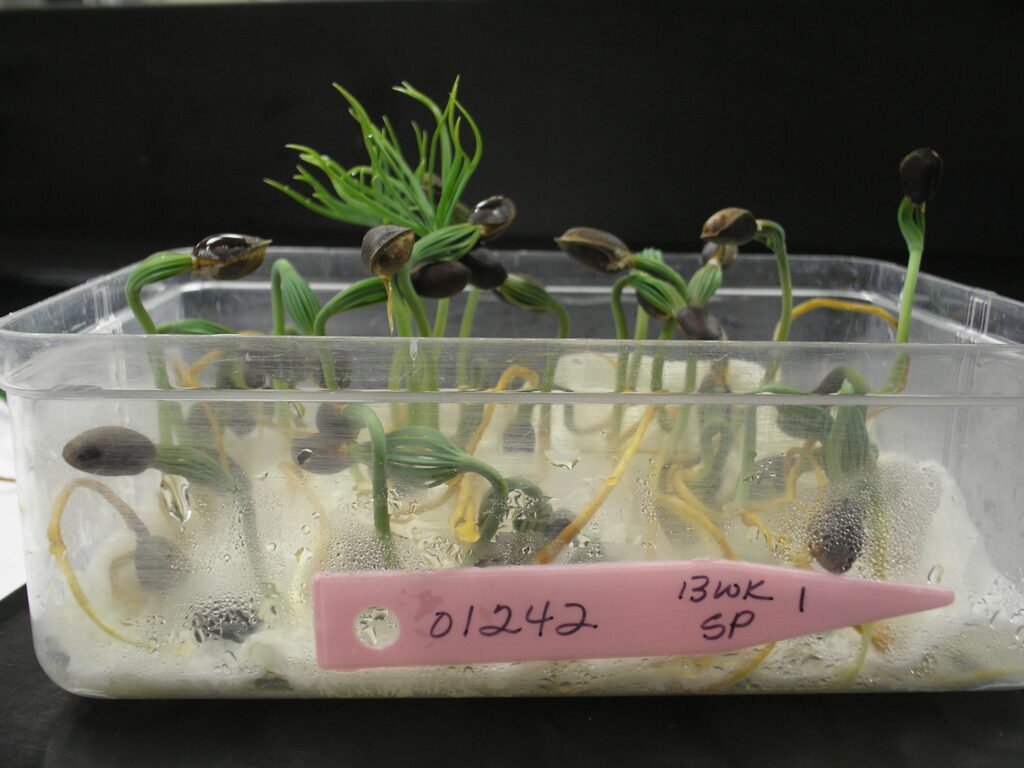
To break dormancy, seeds often require specific environmental triggers, such as temperature shifts, light exposure, or moisture changes. These triggers act as cues, informing the seed that it is time to initiate growth. Some seeds even need to pass through the digestive systems of animals to scarify their outer coats and begin germination, an ingenious solution to ensure the spreading of the species.
Seed Banks: Nature’s Vaults of Genetic Diversity
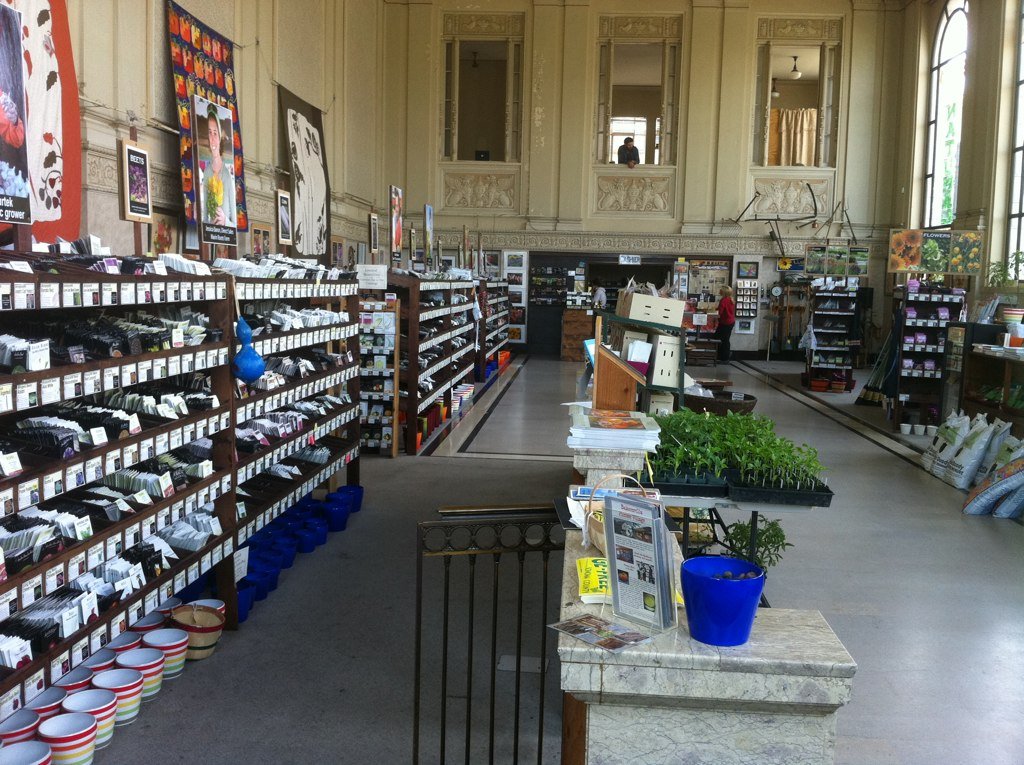
Seed banks in natural environments, like soil seed banks, act as reserves for genetic diversity. These “living seed banks” safeguard the potential of billions of plants lying dormant in the soil. This repository allows ecosystems to recover after catastrophic events, ensuring various plant species can reestablish themselves and maintain biodiversity.
Human-Aided Preservation: Modern Seed Vaults
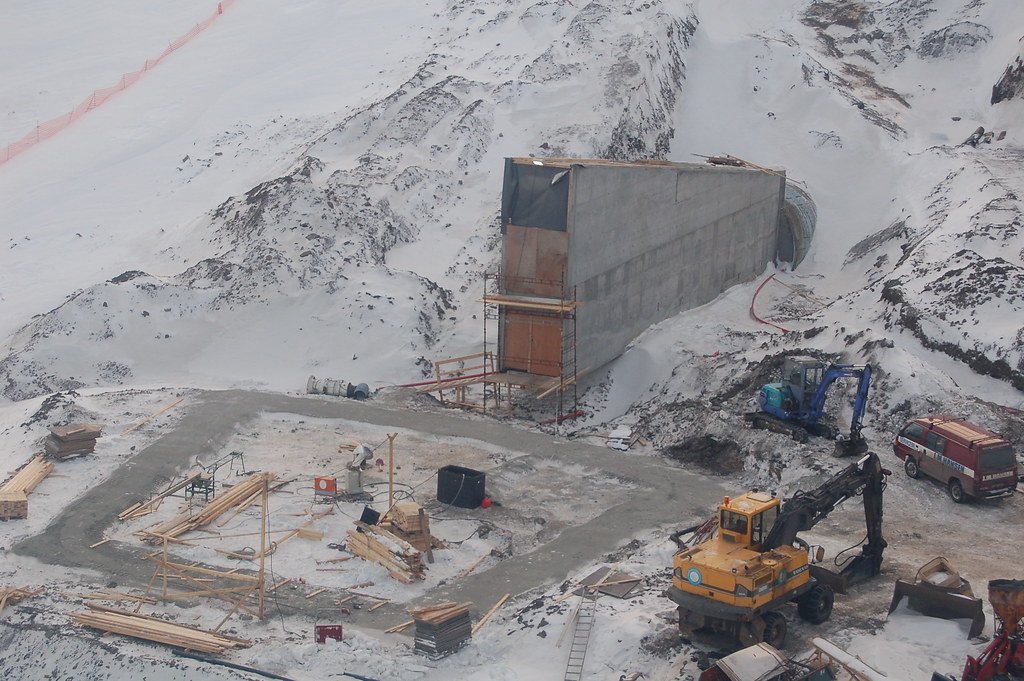
Recognizing the importance of seed diversity, humans have established seed vaults like the Svalbard Global Seed Vault. These facilities store thousands of plant seeds, serving as a fail-safe against agricultural catastrophes. This human intervention ensures that, regardless of global crises, key plant species can be preserved and regenerated.
The Role of Seeds in Agriculture and Food Security

Seeds are foundational to agriculture, directly impacting food security and sustainable farming practices. By selecting seeds with desirable traits, such as drought resistance or higher nutrient content, farming practices can be enhanced to meet the demands of growing populations and shifting climates.
Conclusion: Seeds as Beacons of Life and Hope
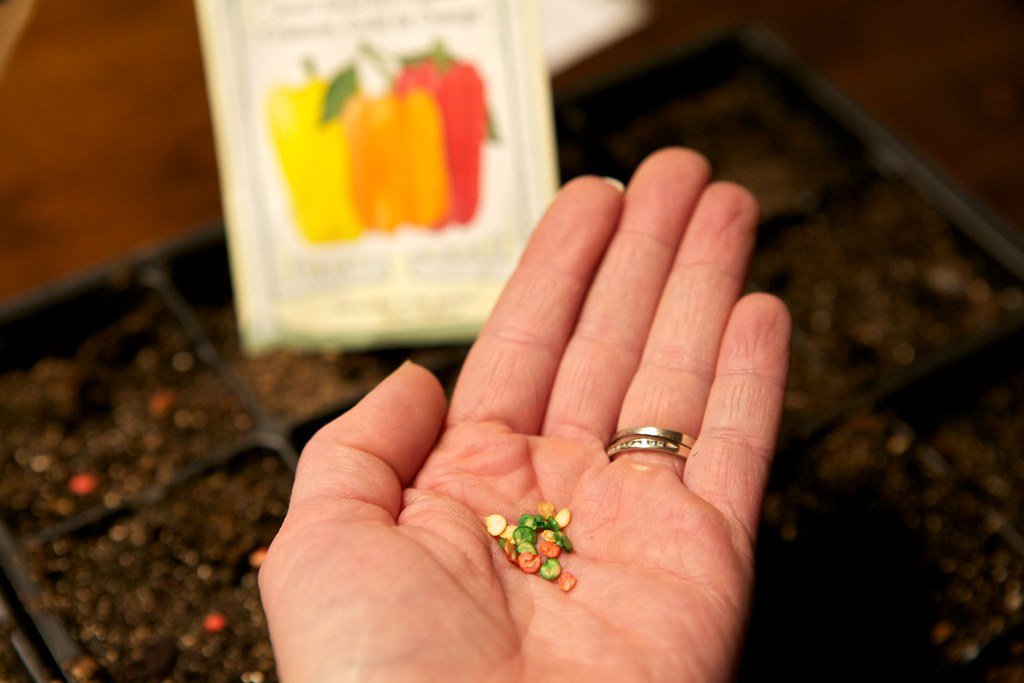
Seeds are the anchors of ecological succession and the guarantors of future plant generations. Their complex structure, adaptability, and the ability to lay dormant highlight a remarkable natural phenomenon. As we continue to understand and harness the power of seeds, we bolster not only agricultural resilience but also the vast biodiversity that sustains life on Earth. These silent emissaries of life remind us of the intricate and interdependent tapestry that is our world’s ecosystem.



